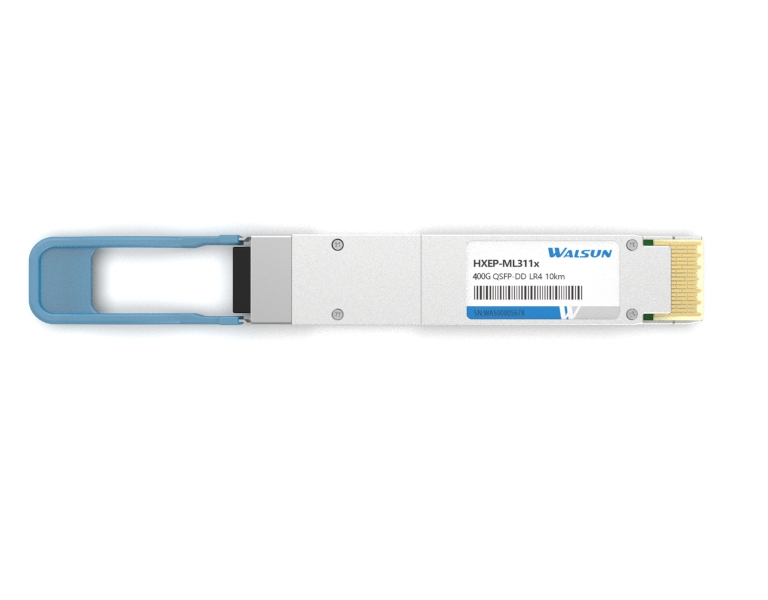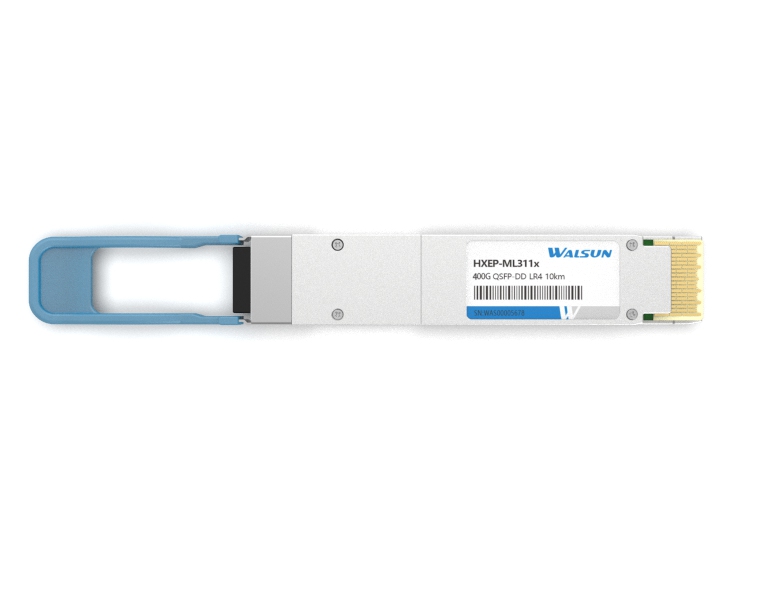PRODUCTS

- QSFP-DD (Quad Small Form-factor Pluggable Double Density) and QSFP56 DD (Quad Small Form-factor Pluggable 56 Double Density) are both high-speed transceiver form factors used in data center and telecommunication applications. While they are similar in many ways, there are some differences between the two.The main difference between QSFP-DD and QSFP56 DD lies in their data rates and lane configurat4763

- The main difference between the QSFP-DD and QSFP28 form factors lies in their physical design and capabilities.QSFP-DD: - QSFP-DD stands for Quad Small Form-Factor Pluggable Double Density.- It is a newer form factor that supports up to double the data capacity of QSFP28.- It has a higher port density, with the ability to support up to 8 lanes of high-speed electrical interfaces.- It is designed t1308

- In addition to 10G network structured cabling solutions, which typically use SFP+ optical modules and fiber optic patch cords, 10G DAC high-speed cables and 10G AOC active optical cables are also a cost-effective alternative due to their high performance and low cost features. In this article, we will introduce 10G SFP+ DAC high-speed cable and 10G SFP+ AOC active optical cable in detail and compa1662

- QSFP28 DD (Double Density) is a module that supports 8 lanes of high-speed data transmission, with each lane operating at 56 Gbps for a total aggregate data rate of 400 Gbps. QSFP28 DD utilizes a higher density of lanes to achieve higher data transmission speeds.On the other hand, QSFP-DD (Quad Small Form-factor Pluggable Double Density) is a module that also supports 8 lanes of high-speed data tr2914

- The maximum distance an SFP transceiver can transmit data depends on a number of factors, including the type of fiber used and the wavelength.Multimode SFPs offer a solution for short distances, with their most common wavelength being 850nm and a maximum transmission distance of 550 meters. If longer transmission distances are required, you can choose multimode SFPs with 1310nm wavelength, which c1943


 CHS
CHS Walsun Mall
Walsun Mall










